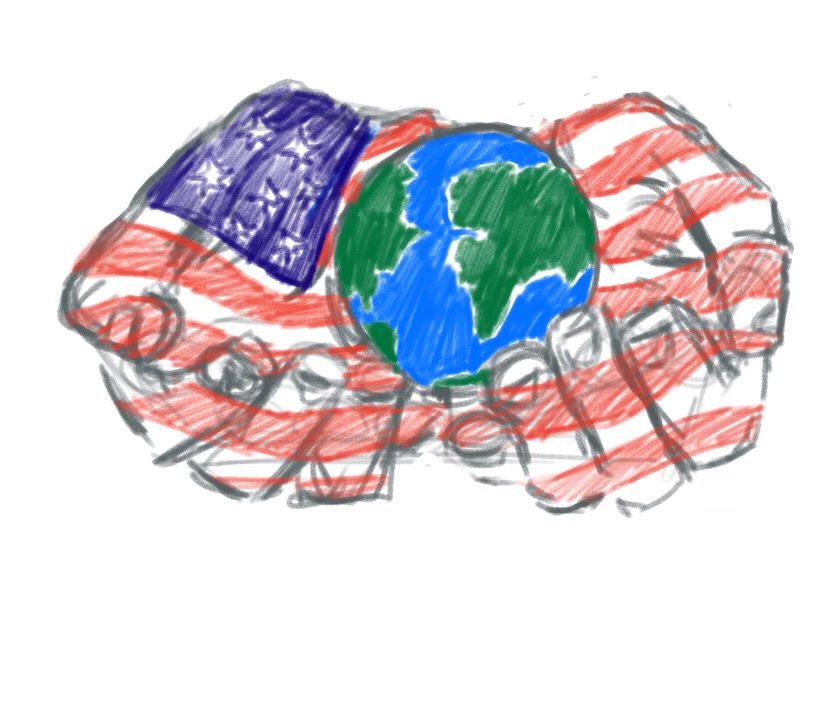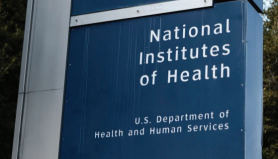With the frequent turmoil surrounding the Trump Administration, a serious question has emerged: what will happen to the most important mutual defense alliance in the world? Donald Trump has made waves by casting doubt on the United States’ commitment to funding the North Atlantic Treaty Organization (NATO) at the same level as his predecessors. In doing so, he has proposed a mandate requiring every member nation to spend 5% of their GDP on defense. While not inherently detrimental to the alliance, the caveat that Article 5—the mutual defense clause—would only apply to members meeting this spending threshold is particularly concerning in light of the administration’s paradigm shift in Russian foreign policy.
Donald Trump’s stance on Russian hostilities in Ukraine, when compared to the long-standing precedent of U.S. involvement in Europe, has set off both figurative and literal alarm bells. His abnormally hostile meeting with President Zelensky in February led to several European nations to advocate for a “coalition of the willing”—an additional alliance aimed at ensuring the defense of Ukraine and Europe as a whole.
So, what does this mean for us? For now, things remain precarious at best and calamitous at worst. What is most clear and most dangerous is the waning power of the United States as a hegemon. Previously, efforts to form a purely European international military had been rejected due to NATO’s security guarantee and the United States’ unwavering support. The de facto relationship was that the United States was the father figure of the alliance and could influence the agenda of Europe through its reliance on defense and trade. Now, however, a rekindled push for an autonomous European defense coalition poses an increased threat to world peace. An increase in confrontational geopolitics will heighten tensions in Europe. To understand how this threatens global stability, consider this: any action that strengthens European defense weakens the Russian position, prompting the Russians to respond by strengthening their own offensive and defensive capabilities, both in Europe and beyond. While NATO retains its significance among European nations, the risk of confrontation rises against the backdrop of the existing mutual defense guarantee. Should the relationship between the United States and its European allies deteriorate significantly, the threat of another European war rises.
The post-World War II consensus, which led to the creation of the European Union, was that strong economic and military ties to neighboring nations would reduce the likelihood for armed conflict. What makes the current situation particularly dangerous are the emerging cracks superimposed between these countries in the nuclear age. With the ever-evolving nature of geopolitics, it is hard to predict the full impact of recent developments in the Ukraine war, European defense, and NATO spending will have on our lives. However, one thing is certain: the new status quo of American foreign policy is to keep making headlines.
This article also appears in our March 2025 print edition.














